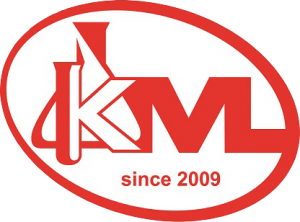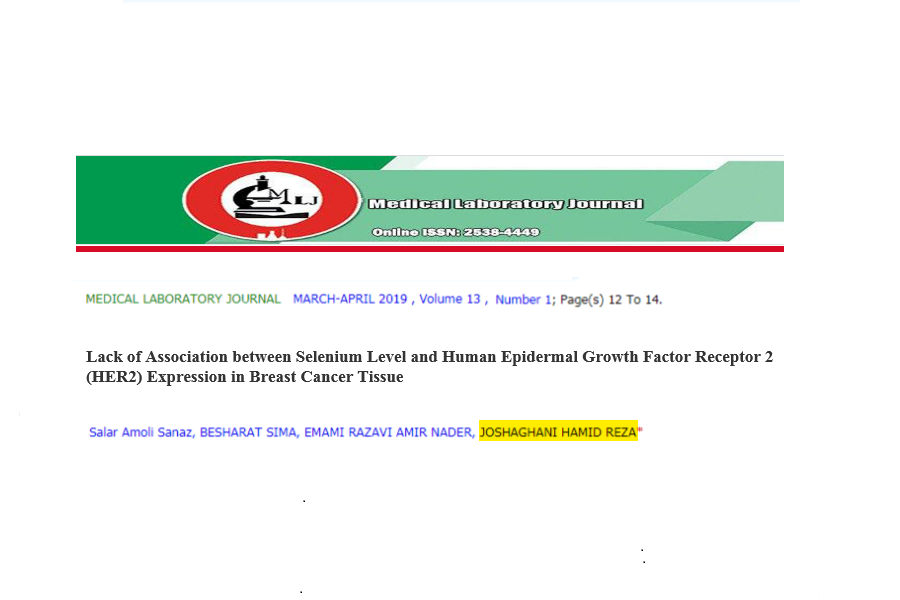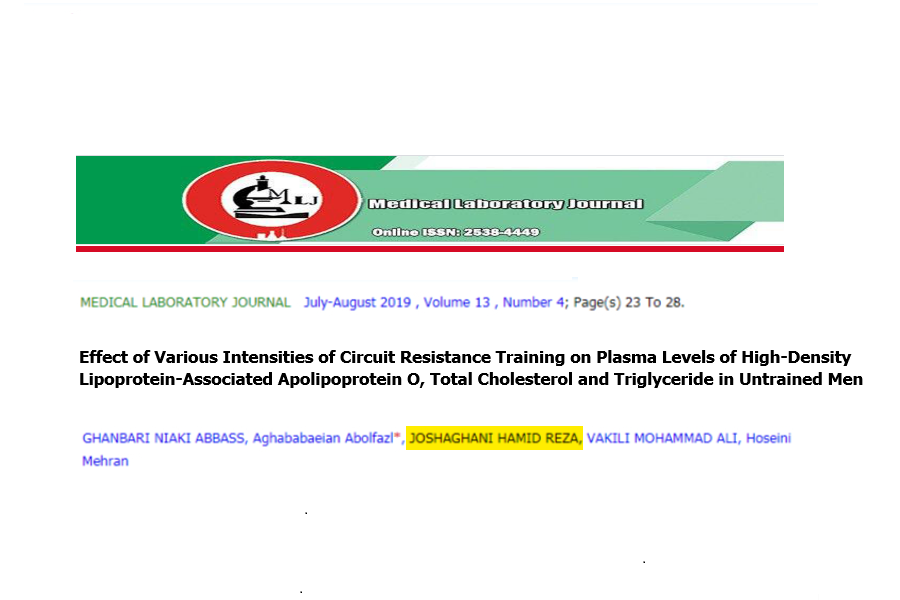ارزش پیش آگهی سطح سرین و گلیسین در پلاسما در بیماران مبتلا به سرطان مری: یک مطالعه کنترل موردی
Abstract:
Background and Objective: Serine and glycine are connecting lines for biosynthesis and are essential resources for synthesis of proteins, nucleic acids and lipids that are necessary for cancer cell growth. The purpose of this study was to set a comparison of serine and glycine in patients with esophageal cancer and in healthy people.
Materials and Methods: ۳۷ plasma samples were collected from esophageal cancer patients and were referred to Gastrointestinal and Liver Disease Research Center, Firoozgar Hospital, affiliated to Iran University of Medical Sciences, Tehran, Iran. Plasma levels of branched-chain amino acids were measured by HPLC method. Statistics were calculated by SPSS v.16 software.
Results: In the patients’ group the mean age ± SD was 63±۱۳٫۶۴ and 21 (56.8%) were male; while in control group, the mean age ± SD was 64.24±۱۳/۰۸ and %54.1 were male. Glycine levels were significantly increased in esophageal cancer (P-value: 0.031) and age (P-value<0.05) but it didn’t have significant difference in association with sex (P-value>0.05). However, serine levels in patients with esophageal cancer compared to the healthy group didn’t show a significant difference (P-value: 0.610) and also it didn’t show a significant difference in association with age (P-value>0.05), sex (P-value>0.05).
Conclusion: High concentration of serine and reduced glycine levels in plasma of patients with esophageal cancer could act as a prognostic factor in cancer development.




پاسخ دهید
میخواهید به بحث بپیوندید؟مشارکت رایگان.